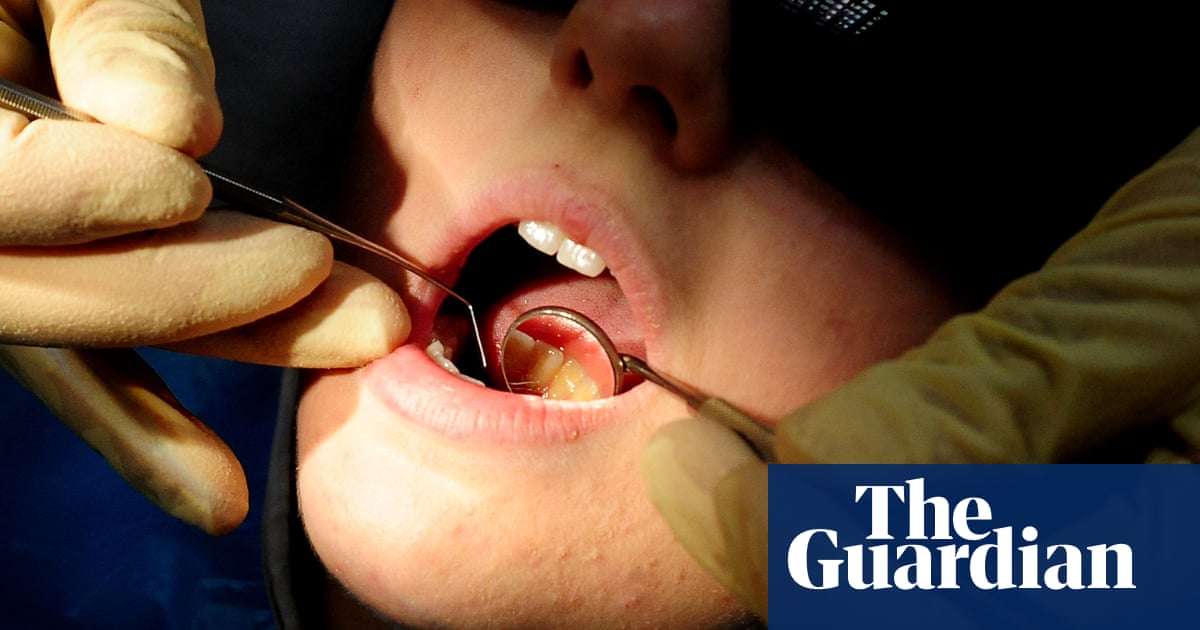
riminal lawyers watched Dominic Cummings’ electric testimony at the health and science select committees last week with considerable interest. Not just because every select committee cries out for forensic cross-examination, but because if some of Cummings’ key claims are true then legal alarm bells should sound.
Cummings’ central claim was “We were told categorically in March that people would be tested before they went back to care homes. We only subsequently found out that that hadn’t happened … The government rhetoric was we put a shield around care homes … it was complete nonsense.”
Following Cummings’ testimony, the health secretary, Matt Hancock, was specifically asked in parliament whether he had indeed told the prime minister that patients being discharged from hospital would be Covid-tested before re-entering care homes. His response was that the government had followed clinical advice, which was not a direct answer. He later added that testing could only be carried out for people being discharged to care homes once the necessary capacity had been built – implying they had not been tested but still not clarifying what Downing Street had been told by him and his department.
Of course, politically motivated testimony needs to be treated with caution, but if Cummings’ claims are true – that there was a policy for patients to be discharged to care homes without being tested – then the Department of Health and Social Care (DHSC) has difficult questions to answer. The fundamental issue to be addressed is whether the DHSC implemented a policy that forced care homes to readmit infected patients knowing that they had not been tested.
Hancock’s truthfulness on the topic is legally a side issue. The real question is whether such a reckless policy was a gross breach of duty that created an avoidable risk of death. If so, then there are serious questions to be asked about whether the DHSC could be liable for corporate manslaughter. Part of the rationale for the enaction of the Corporate Manslaughter and Corporate Homicide Act in 2007 was to enable the aggregation of fault within an organisation to establish liability and to limit so-called crown immunity, which had previously provided a legal shield to government departments from homicide prosecutions.
Although the act still immunises public authorities from certain policy decisions, such as the allocation of public resources or emergency services’ rescue responses, it is doubtful that a policy that effectively forced care homes to import Covid-infected patients into a highly vulnerable environment would be shielded from prosecution. It would not matter if the policy had been formulated by a number of senior individuals who were collectively, rather than individually, at fault. The DHSC certainly owes discharged hospital patients a duty of care and that duty must extend to those with whom they reside.
If the DHSC were to argue that it had no choice whether to implement such a policy, because the testing capacity at that time made it impossible to test discharged patients, that claim would have to be scrutinised under the legal microscope at a corporate manslaughter prosecution. A jury in such a prosecution might well be interested that in February the government advice was little short of extraordinary: “[There is] currently no transmission of Covid-19 in the community … it is therefore very unlikely that anyone receiving care in a care home or the community will become infected.”
That guidance was hastily withdrawn two weeks later. Yet on 2 April, government guidance was merely that discharged patients should isolate before re-entering care homes – no mandatory testing requirement was advised. Although some care homes decided to implement their own routine testing, it was not until 15 April that the DHSC finally published guidance that required compulsory testing of all those discharged to care homes. That week, it was announced that almost 100 care homes had reported Covid outbreaks within the previous 24 hours. Some 40% of all Covid-deaths in the first wave occurred in care homes: a total of almost 20,000 deaths. The testing capacity during that period would have to be assessed very carefully against that backdrop.
That disturbing chronology appears to support Cummings’ testimony that DHSC policy was initially to direct that discharged patients should be returned to care homes without mandatory testing – and that policy was only changed after the virus had firmly taken hold in care homes and many lives had avoidably been lost as a result. If correct, that would potentially place the DHSC in a very serious position as regards liability for corporate manslaughter. Further details should emerge during the public inquiry into the government’s handling of the pandemic. Although evidence at a public inquiry is usually protected from subsequent use in criminal proceedings, criminal lawyers will be watching very carefully.
Alex Bailin QC is a barrister who specialises in criminal and human rights law












